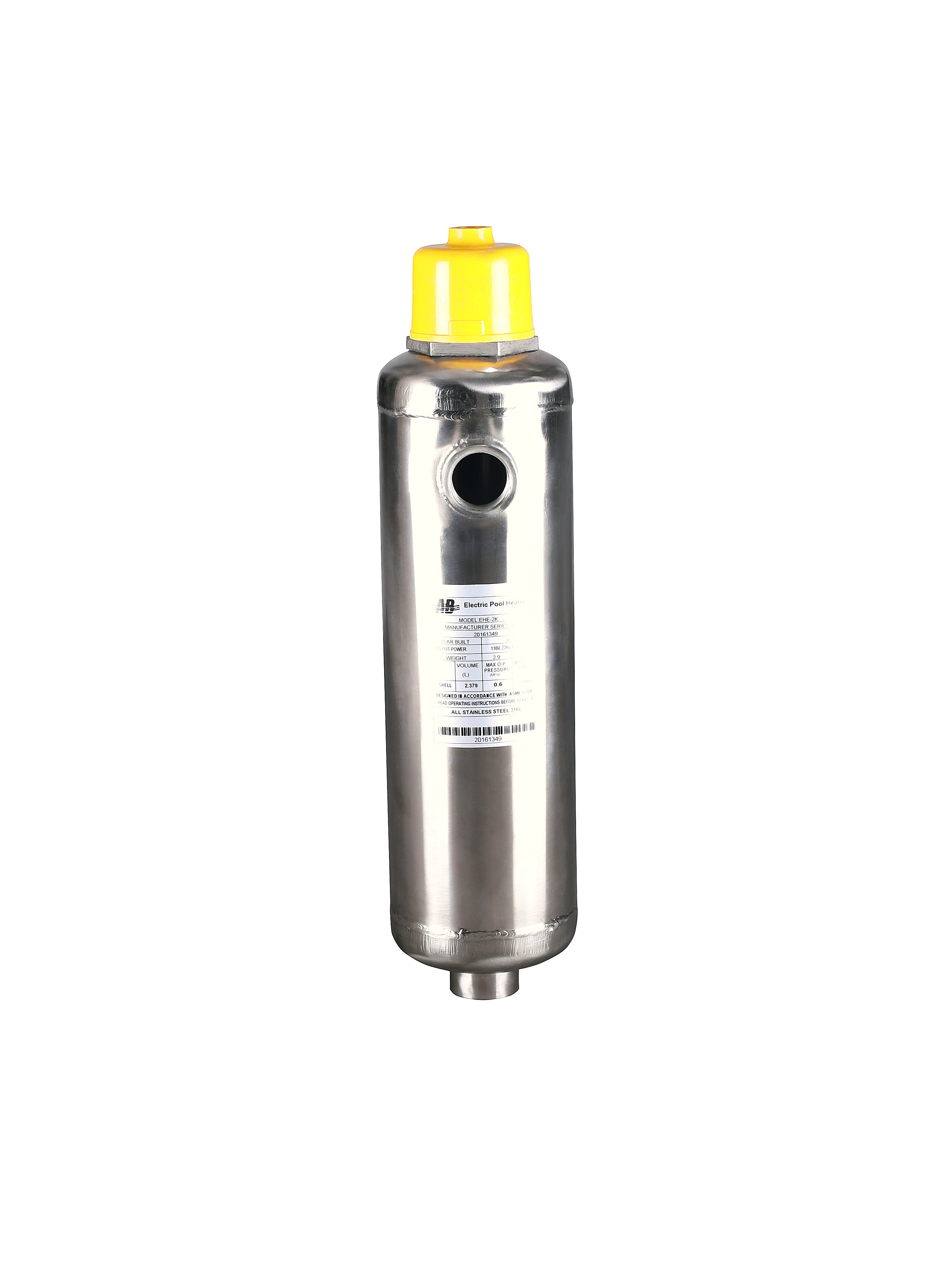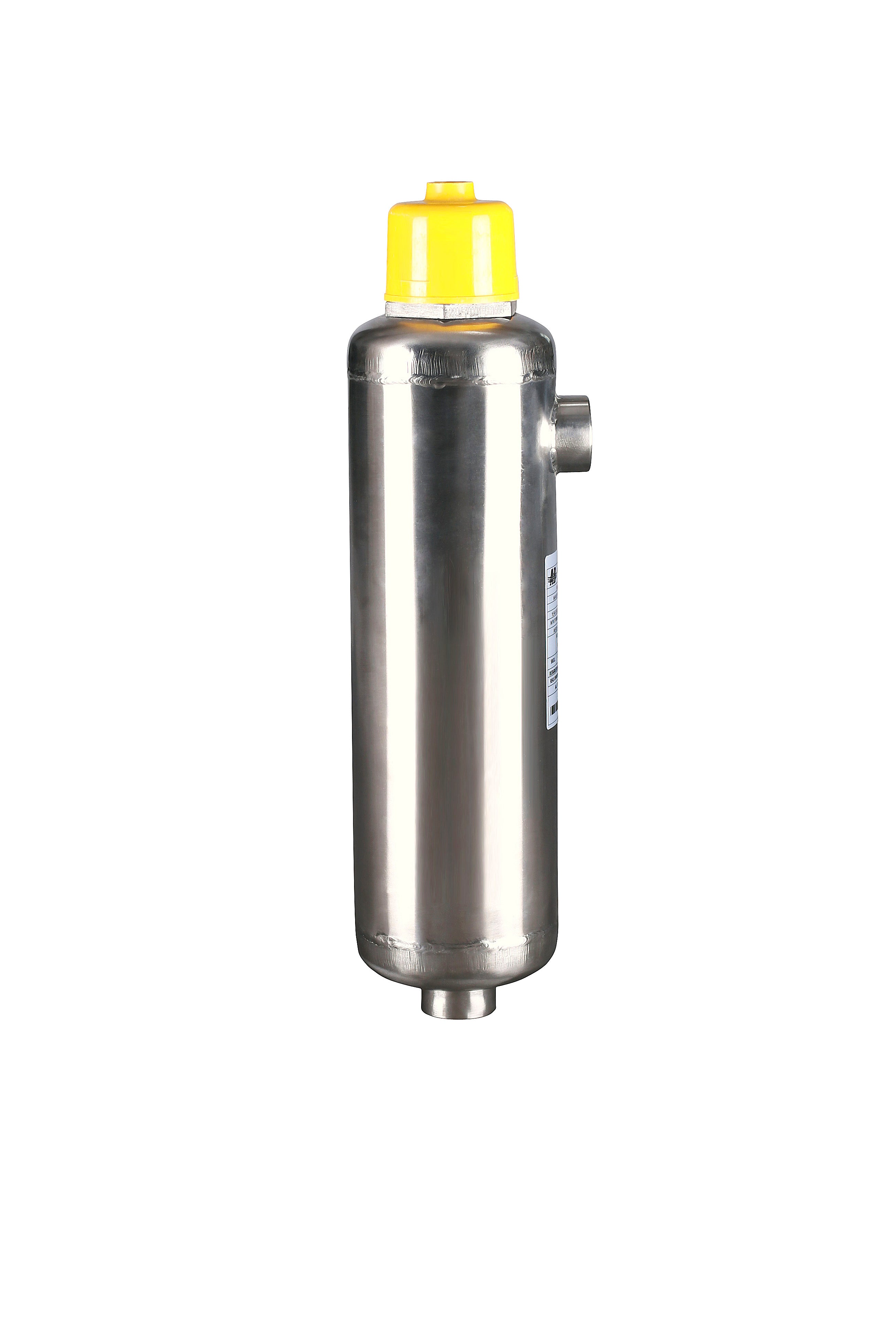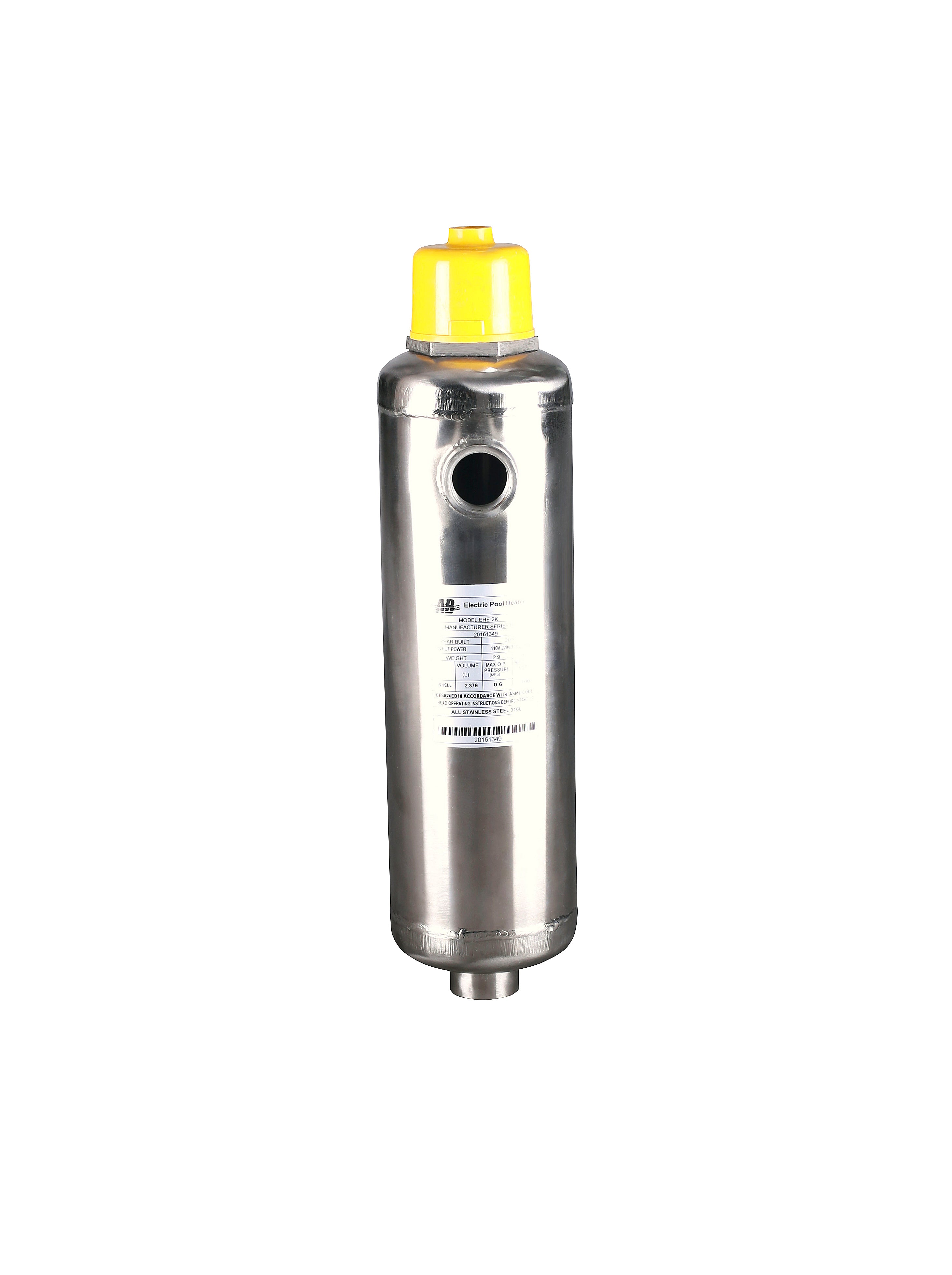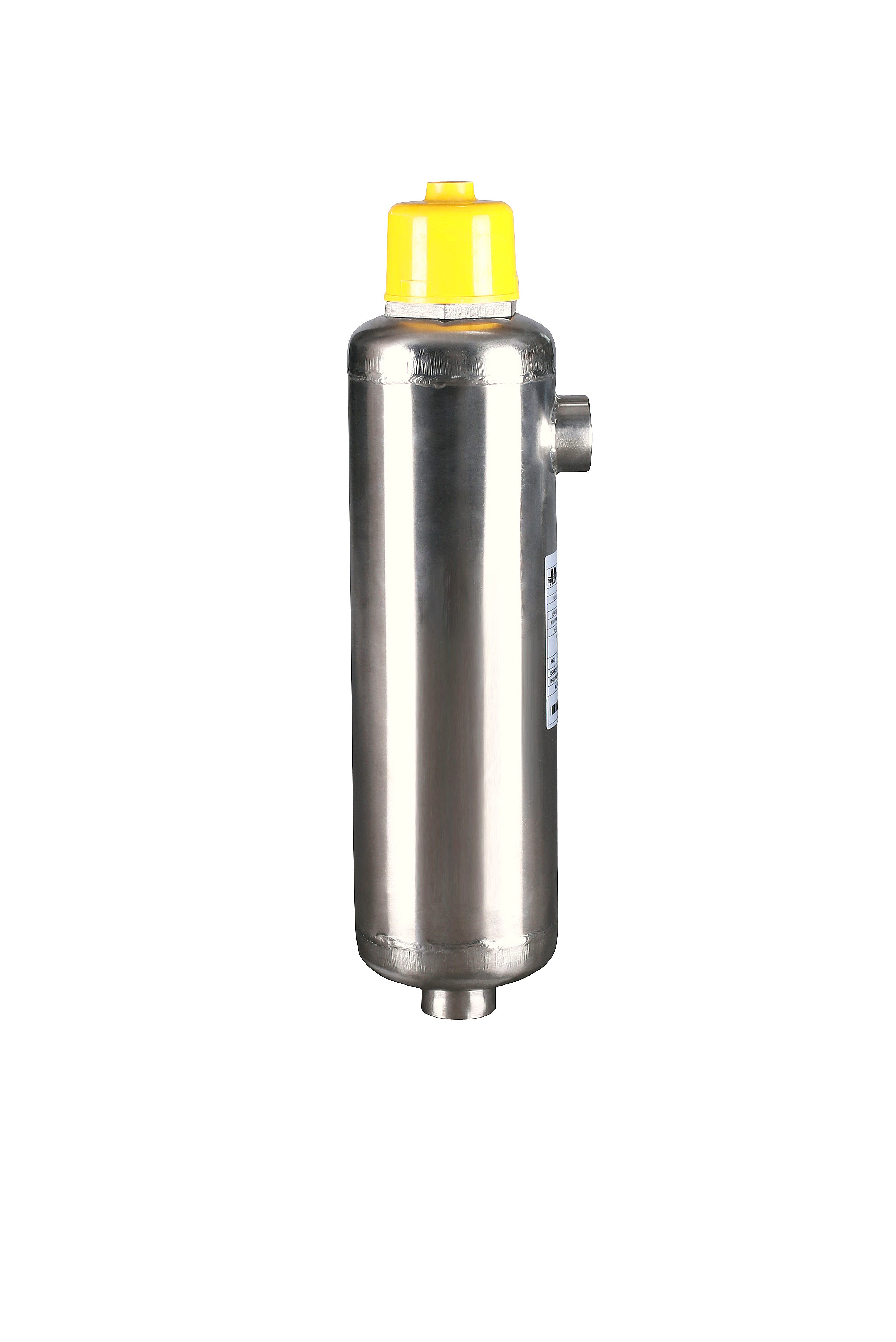Electrical heat exchangers help you control water temperature in heating or cooling systems. They are compact, easy to install, and built to last. Made from stainless steel or titanium, these units work in many setups. Choose a reliable way to manage thermal output and keep your system running efficiently. Shop now and upgrade your system with confidence.
Power Meets Precision: Electrical Heat Exchangers Designed for Efficient Performance
Industrial and commercial systems demand reliable thermal management, and that’s exactly what Electrical Heat Exchangers deliver. These units offer a stable and compact solution when you need consistent temperature control. Built with corrosion-resistant materials like stainless steel or titanium, they’re engineered for longevity, especially in water-based applications. You won’t find flashy features here—just high-grade performance where it counts.
Our selection focuses on practical design, ensuring smooth integration into your heating or cooling systems. Compact design = easier installation and better space utilization. Customers appreciate their durability, simple maintenance, and ability to deliver results without overcomplicating the process. Each electric exchanger we offer combines thermal control with ease of use, perfect for engineers and technicians looking for dependable tools.
Why Choose Electrical Heat Exchangers for Water Systems?
Choosing the right heat exchanger is crucial if your system relies on water circulation. Our electrical heater units work seamlessly with water-based environments, especially where precision is needed to maintain consistent temperatures. With BSPT 1 ½” connections and durable shell-and-tube construction, our options ensure secure fittings and steady thermal transfer.
Their design supports high-performance operations in residential and industrial contexts, particularly for heating tasks that don’t require an open flame or gas. This is not just a safer option—it also simplifies system design by reducing ventilation needs.
Ready for a practical upgrade? Our electric exchanger systems’ smooth setup and reliable output are exactly what long-term users rely on.
Built for Control: Efficiency Without Complexity
Heat management doesn’t need to be complicated. With our thermal electric unit options, you get streamlined functionality that simply works. They’re built to provide accurate control in closed-loop systems, making them ideal for precise heating tasks. Because of their electrical configuration, these exchangers eliminate fuel handling concerns and reduce the number of moving parts.
Fewer moving parts mean less maintenance and downtime. That means you spend more time working and less time troubleshooting. For professionals looking for results—not fluff—this level of control is critical.
When compactness is a factor, our compact electric exchanger options are especially helpful. They’re designed to save space without sacrificing power or efficiency.
Compact Form, Industrial Strength
Size often matters in system design. Our compact electric exchanger models are optimized for tight spaces and high-output scenarios. Engineers love their versatility—they can be installed horizontally or vertically, depending on your setup. Despite their small footprint, they deliver impressive thermal transfer rates.
They’re perfect for installations where every inch of space counts. If you’re working in a technical environment with tight mechanical layouts, these systems help you meet spatial and performance goals.
This doesn’t just streamline your installation; it helps you scale with confidence. Made of durable materials like SS316L and titanium, these exchangers are built to endure challenging conditions.
Cooling Solutions That Perform Under Pressure
Some systems need cooling rather than heating. That’s where an electric cooler comes in. Our exchangers can manage excess heat in a wide variety of liquid-based systems. The balance between efficiency and control means your systems stay protected without overloading energy use.
Engineered to handle varying temperatures and pressures, these exchangers offer a flexible cooling solution that integrates easily into your setup. If you’re aiming to maintain optimal operating conditions with minimal complexity, a dependable electric cooler is an investment that pays off over time.
And since they work without chemical refrigerants, they’re simpler to install and maintain.
Designed for Professionals Who Need Reliability
At Alfa Heating, we understand the value of well-built tools. Our thermal electric unit and electrical heater products are crafted with performance and practicality in mind. From material quality to thread design, every detail is meant to support real-world applications—not just look good on a spec sheet.
Installation is simple. Integration is smooth. Maintenance is minimal. And above all, performance is consistent.




